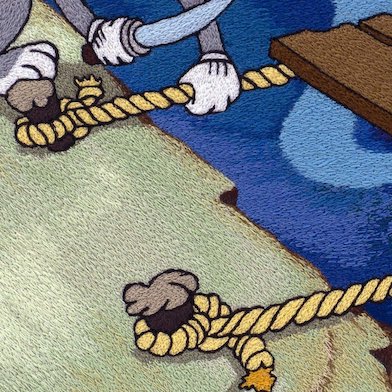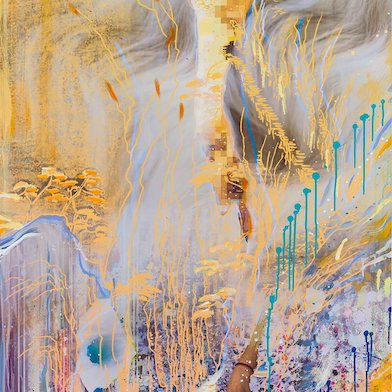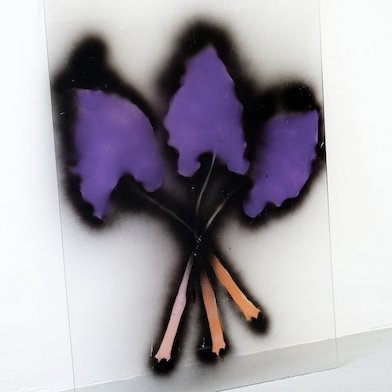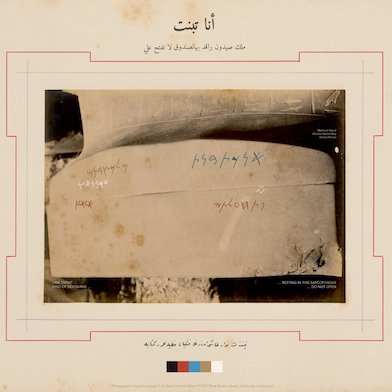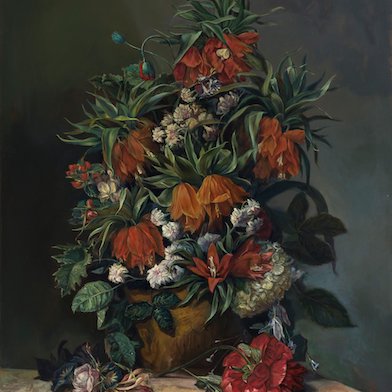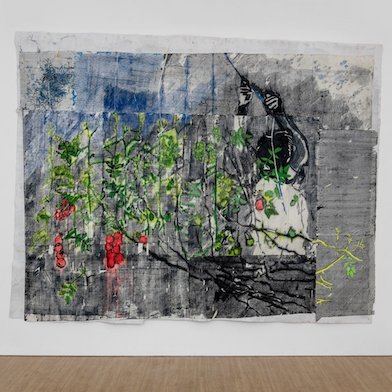Open: Tue-Fri 9.30am-6pm, Sat 10am-5pm
Visit
Willem de Kooning: de Kooning Sculptures, 1972-1974
Skarstedt, New York
Thu 5 Nov 2015 to Sat 19 Dec 2015
20 East 79th St, NY 10075 Willem de Kooning: de Kooning Sculptures, 1972-1974
Tue-Fri 9.30am-6pm, Sat 10am-5pm
Artist: Willem de Kooning
Featuring ten sculptures made between 1972-74, this exhibition brings together works modeled by de Kooning himself rather than examples enlarged from existing forms, which demonstrate the artist’s skill and inventiveness in this medium.
Artworks


Installation Views
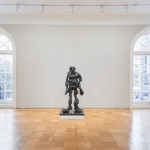
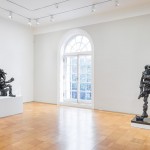
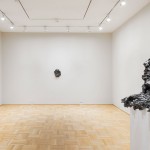
Featuring ten sculptures made between 1972-74, this exhibition brings together works modeled by de Kooning himself rather than examples enlarged from existing forms, which demonstrate the artist’s skill and inventiveness in this medium.
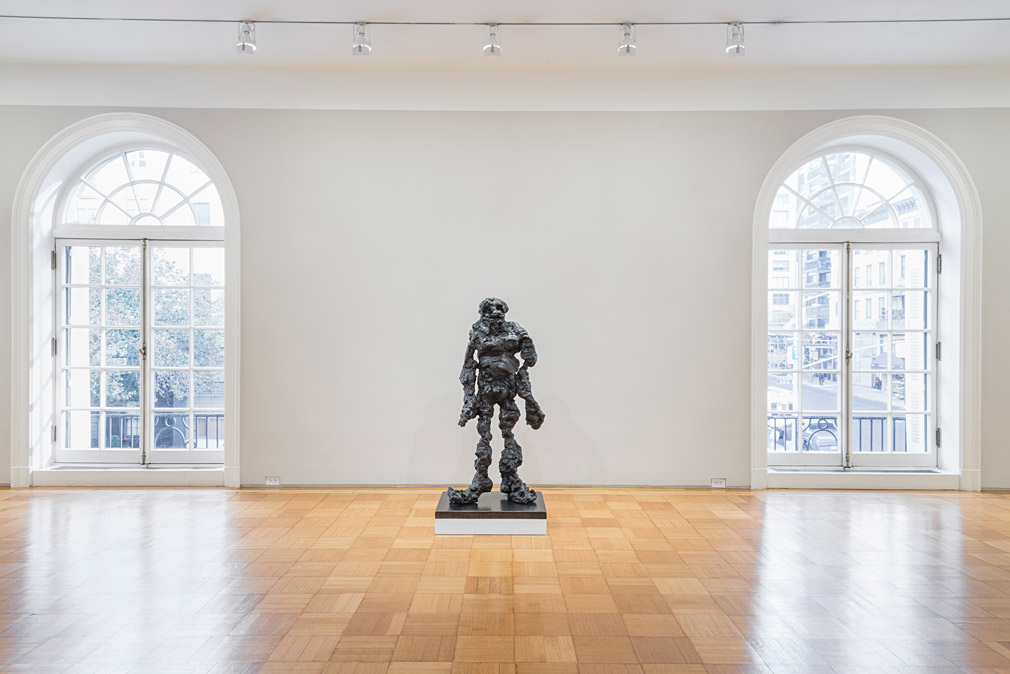
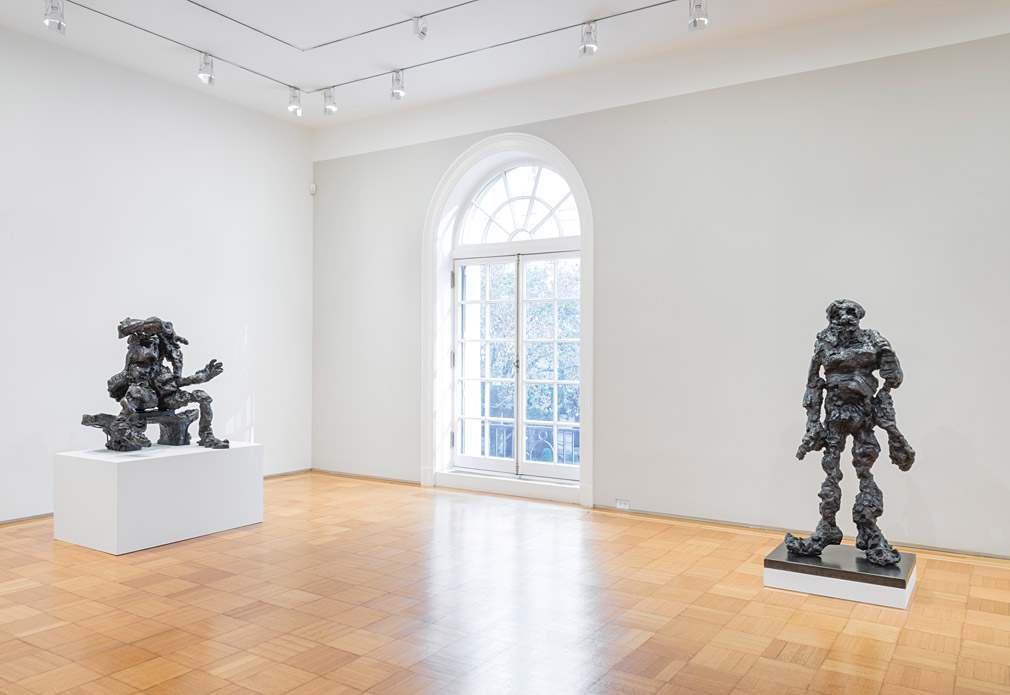
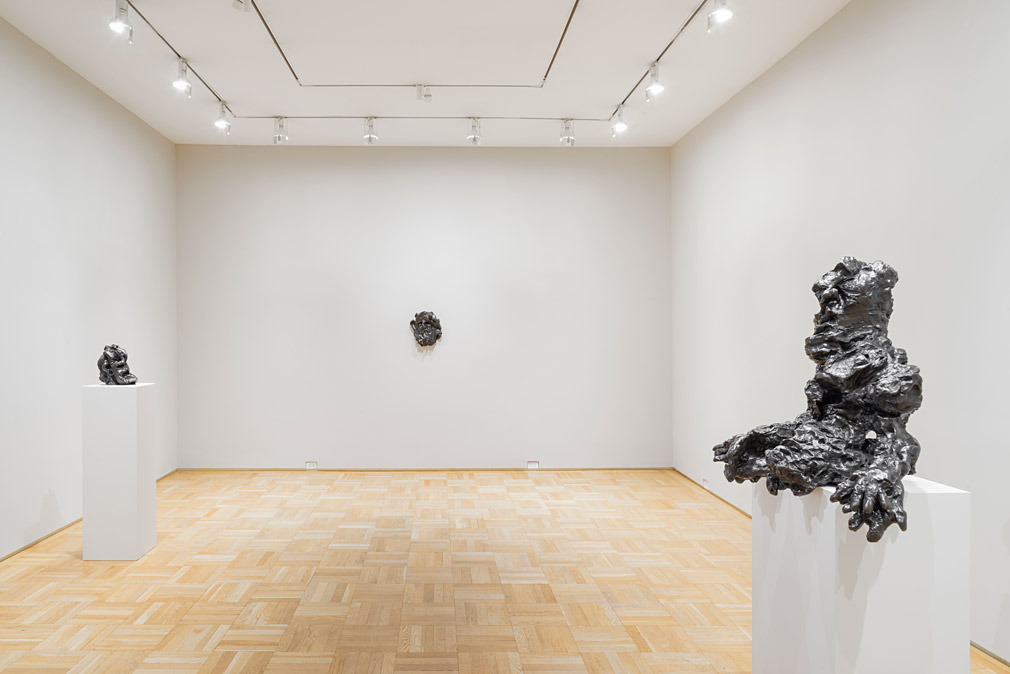
For de Kooning, the exploration of sculpture—which he began at the age of 65—was intended as an extension of the paintings for which he is widely known and acclaimed. His first sculptures were created in the summer of 1969, when he modeled small figures in clay. De Kooning’s sculptures retain many of the qualities of his paintings—notably, the sense of movement and emotion captured through abstraction. However, rather than in gestural brushstrokes, his figures were rendered in wet and malleable clay and later cast in bronze. He handled the material much like he did oil paint, appreciating its ‘freshness’— particularly the freedom it granted in that he could deconstruct a work at any time.
“In some ways, clay is even better than oil,” de Kooning admitted in 1972. “You can work and work on a painting but you can’t start over again with the canvas like it was before you put that first stroke down. And sometimes, in the end, it’s no good, no matter what you do. But with clay, I cover it with a wet cloth and come back to it the next morning and if I don’t like what I did, or changed my mind, I can break it down and start over. It’s always fresh.”
While most sculptors at the time had abandoned clay for steel, de Kooning explored the medium and kept the art of modeling alive. “Of his generation of Abstract Expressionist painters, de Kooning is the only one, besides Barnett Newman, to have sustained an interest in sculpture-making for a substantial amount of time.” Revisiting the rhetoric of European sculpture of the fifties, his work marked a total departure from what was happening in sculpture in the early to mid-seventies.
One of the ‘action painters’, de Kooning used sculpture as another outlet with which to explore abstract forms. Just as his manipulation of paint created highly charged moments, his roughly modeled sculptures retain a sense of immediacy in their melting, oozing shapes. Their tactile forms capture the essence of figures, from the completely abstract to the more identifiable—for example, Clamdigger, his first major sculpture—inspired by men digging for clams along the beaches near his home and studio in East Hampton. De Kooning’s work in the medium quickly forged its own shape, meriting its own place in the spotlight.
Willem de Kooning (b. April 24, 1904, d. March 19, 1997) was a Dutch-born American artist who became one of the most influential artists of the twentieth century.
De Kooning’s work has been exhibited widely throughout the United States and abroad. His works have been included in thousands of exhibitions and are in the permanent collections of many art institutions abroad, including the Stedelijk Museum, Amsterdam; Tate Modern, London; and the National Gallery of Australia, Canberra; and in America such as The Museum of Modern Art, New York; The Metropolitan Museum of Art, New York; the Art Institute of Chicago; the Smithsonian Institution’s Hirshhorn Museum & Sculpture Garden, Washington D.C.; and the National Gallery of Art, Washington, D.C. He was awarded The Presidential Medal of Freedom in 1964, among other honors.
